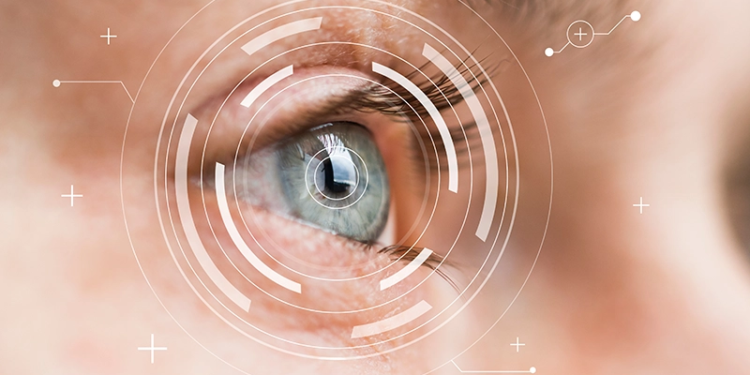
Safe Socks: What Your Mother Never Told You
0
SHARES
24
VIEWS
RECENT NEWS
Mobile Eye Tracker Can Provide Cognitive Measure For Amputees
Using a lower-limb prosthetic device can lead to increased cognitive demands, and since measuring cognitive load objectively can be challenging,...
Read moreGet unlimited access!
Join EDGE ADVANTAGE and unlock The O&P EDGE's vast library of archived content.
O&P JOBS

© 2024 The O&P EDGE


